Last month, Disney’s English-language version of the newest Hayao Miyazaki / Studio Ghibli film Ponyo was released in theaters nationwide. It’s been four years since his last film, Howl’s Moving Castle, reached the States. A small resurgence of Miyazaki fever has hit anime fans, but the kid-friendly nature of the film (alongside Disney’s marketing, and inclusion of young Jonas and Cyrus siblings in the cast) has helped bring a more diverse crowd of people to see the film than, say, your average reader of OSV.
And those people, in experiencing the film, also got to here the incredible work of Joe Hisaishi, who has scored nearly every Miyazaki ever made.
After the jump, check out my thoughts on not one, but two albums released for the film: the Ponyo original soundtrack, and the image album.
For one fleeting moment, in the opening seconds of the Ponyo OST, I was tricked into thinking I’d be hearing the same Joe Hisaishi I’ve heard in countless other films. You know, Princess Mononoke, Spirited Away, and other such films. But that opening stacked-fourth chord produced by the string section instead melted into something that sounds more akin to The Wizard of Oz than anything I’ve heard from Japan. This is due primarily to the lovely choir voice part, though the chord progression certainly helps. The opening piece, “Deep Sea Ranch,” plays during a scene where we see pre-Cambrian sea creatures magically springing to life through the work of one man, like a scene out of Disney’s Fantasia. Eventually, an element of whimsy enters (via woodwinds and orchestra bells), and we hear bits of the leitmotif written for the title character, Ponyo, who now appears on screen. Then, the choir makes its reprise, as does the Ponyo theme. This opening track stands out as one of the best pieces on the soundtrack, and it’s clear that Hisaishi invested plenty of time and effort into perfecting every beat and measure and note and assigned instrument.
Next, an operetta. “Mother of the Sea” may only be two minutes long, but the vocalist knocks the song out of the park within the first minute, so it’s not like she needed a long build-up to strut her stuff. The orchestral backing to this opera piece is strong; strong enough to be enjoyable even without the vocals. But there’s no question that what sells the piece is the fantastic vocal performance.
Track four, “Ura Town,” plays during a scene where the male protagonist, a young Sosuke, accompanies his mother Lisa on a frantic drive through the Japanese countryside on the way to work. Sosuke’s family lives on a high point of the town, at a steep cliff, and the drive from Sosuke’s house to anywhere else is bound to be a crazy one. But when you’re running late for work, things can get crazy. And when you’re carrying a magical goldfish with you, things get even more spectacular. The piece that accompanies this scene would fit right in an adventurous opening cut scene from any anime, or a good video game, or live-action film. In a word, fantastic.
The next prominent theme is “Ponyo and Sosuke.” It works in Ponyo’s theme music at the beginning and end, but the middle of this two minute track is a deliciously intense bit of music. In the film, we find Sosuke fighting against supernatural elements to hold on to his new beloved pet fish; the struggle is captured perfectly through the strings, punctuated in a few powerful moments by brass and percussion. The following track, “Empty Bucket,” represents the loss of the pet, but it also represents the hope that Ponyo will see the sign of the empty bucket and return.
There’s a lot of great music from “Empty Bucket” (track 7) to “Ponyo and Sosuke 2” (track 15), which marks the reunion of Ponyo and Sosuke. The music found between these tracks help to emphasize the action of the underwater sequences. We hear the theme song for Fujimoto, the magical man (with a bad sense of fashion) who claims to be the father of Ponyo (and many other magical fish). His musical theme is dark and moody, and at this point, we are not quite sure whether to peg him as “villain,” though the answer becomes obvious before long. For now, all we know is that Fujimoto is a barrier to Ponyo’s wishes. An incredible “transformation” piece was written by Hisaishi to play alongside Ponyo’s physical transformation from goldfish to humanoid: it’s like a Sailor Moon transformation theme, but less saccharine-sweet (quite an accomplishment for a film aimed at elementary school children).
“Lisa’s Decision” strikes me as a fantastic solo track. Though occasionally accompanied by the orchestra, a single clarinet plays out the melody of this 90 second track, wherein Lisa must make some tough (and, according to most parents, fairly irresponsible) decision. For the adult viewer, if suspension of disbelief hadn’t yet been a requirement for enjoying this film, it will need to start now. Fortunately, we again have the “magical” melodies of Hisaishi to get us there. The next two tracks both feature the full choir, performing the same basic theme we heard in the opening track. The sea has begun to change, the water level has risen, and the creatures found in the ocean are unlike any modern man has ever seen. It’s time to let the magic carry you; and if you can’t allow yourself to do that, you might not be able to enjoy the fun, whimsical, and occasionally dissonant music to come.
“Fleet March” and “Fleet March 2” (tracks 24 and 26) give us a musical glance at how an entire small village copes with a flood of Biblical proportion. Apparently, they know how to smile and stay strong in the midst of the entire world turning upside down overnight.
A short piano solo from Hisaishi, entitled “Sosuke’s Tears,” uses a now-familiar melodic theme, one that is noticeably in a major key, to express the sorrow of a young child who has no parent to guide him, and no coping mechanism (other than crying) to continue in the face of what must have seemed insurmountable odds. It’s one thing when you have a magic fish girl to help make the impossible happen. But when she looks so weak and exhausted that one might think she could die any second, what else is there? It’s not the most touching piece of music I’ve ever heard, but it certainly helps heighten the emotional response from the person, young or old, who watches the film.
Though there are still a few moments of intensity, the rest of the action of the film from this point is pushing quickly toward resolution… even to a point where a six-year-old could predict what would happen. So it should come as no surprise that much of the rest of the music is quite happy. For example, “Mother’s Love” is a wonderful non-lyrical choir piece using the melody from the OST’s second track. The scene in the film during which this music plays is a beautiful and peaceful one, wherein two mothers talk. We don’t know the details of their conversation, but we know the conversation itself is bringing clarity and perspective to the situation. How is it that Hisaishi manages to capture these moments so perfectly through music? How is it that I can recall the scene so well just from listening to this music? It’s quite an impressive talent on Joe Hisaishi’s part. And it’s definitely something that has come about due to Hisaishi’s long-standing relationship with Miyazaki-san.
All of the now all-too-familiar musical themes make a final reprise in the last three or four tracks. And, of course, there’s the unforgettable end credits music. Cheesy? Yes, of course. Though the English version recorded by Disney is sung by Ponyo and Sosuke, it seems that here we have Ponyo singing with Fujimoto. It’s an almost sickeningly sweet song, but it’s certainly a lot of fun.
…And if it’s fun you’re looking for, you may be better suited by the Image Album…
The OST gives us, note for note, all the music that appears in Miyazaki’s children-friendly film. But the image album focuses in on a few prominent themes, and also has voice actors singing plenty of silly songs. It opens with that same song from the end credits, though I believe this is the only direct overlap track on the album. Of course it sets the mood for what is, without question, an album designed for a child to listen to and enjoy. Adults will almost definitely find more to love in the OST.
Tracks 2 through 4, as well as track 7, are the only instrumentals on this 11 track piece. They are re-recorded medleys of the themes from the OST. Or, rather, they are more complete versions of music that once existed as cues for visuals in a film. We find complete musical themes, fully fleshed out with variation and arrangement. Track 4, “Mother of the Sea,” is the single longest track on the album (four and a half minutes), and it’s a beautiful instrumental piece. I’ve been able to get my older son to sleep by playing this CD, and he usually dozes off during this track.
…but, if he doesn’t, he’s in for a fun and wild ride…
The fifth track features an all-female choir singing alongside a rhythmic, light-hearted, percussive track about an “onee-chan” (brother, presumably Sosuke). I think this is my favorite track on the image album. It’s one of the most interesting pieces I’ve ever heard from Hisaishi, that’s for sure.
Fujimoto, Ponyo’s father, gets to sing about himself on the next track. The instrumental portion is really interesting; it’s a very highly decorated and well-produced version of the melody from the OST. But Fujimoto’s voice? That’s an acquired taste, and I don’t think I’ve acquired that taste yet. I wish I had a karaoke track to work with here, because seriously, the instrumental version would be on par with the opening tracks from the Professor Layton series (French-sounding, emphasis on bandneon, castanets, and strings).
The shortest track on the album is “Ponyo’s Lullaby,” wherein Ponyo sings a lullaby to/for herself. The track falls just under two minutes in length. It’s very cute and childish, but the tempo and dynamic range prevent it from sounding like a tried and true “lullaby.” It doesn’t put me to sleep. In fact, it holds my interest very well.
Fujimoto returns to sing on track ten, which is a lovely, lazy swinging 3/4 piece featuring great acoustic percussion, piano, and guitar. Though I’m still not a fan of the Seiyuu’s tonality, nor of the fact that they chose to record his voice on multiple layers (sometimes in harmony, sometimes in unison), I can get over it because the melody is so absolutely relaxing. However, even this track cannot compare to this album’s finale.
“Himawari no Ie no Rondo” is that finale track, and the vocals are done by Joe Hisaishi’s own daughter, who goes by the performance name MAI. It’s hard to ignore this very intentional and relevant decision, to have a father and daughter collaborate on the music to a children’s film where family ties are the essential theme. But even when I attempt to ignore this fact, I cannot help but get the feeling that this young lady singing has worked with the composer so many times before, in a quieter and more private setting (home), and they thus have a great connection with which to work.
So…that’s it. Two great albums from Miyazaki’s newest film. Here’s my recommendation: get the OST for yourself, and if you have children, get the Image Album too. Joe Hisaishi may not have raised the bar with this music, but it is certainly a crowning achievement for music in a children’s film. It may just be the novelty of the film being new, but I do truly believe this music is more enthralling than the scores of My Neighbor Totoro and Kiki’s Delivery Service combined. But we’d love to hear from you, especially those of you who have seen the latest Miyazaki film. How does the music function within, and without, the visuals of this fantastic film? And, am I right in my assessment that the Image Album is more kid-friendly than the OST, or can an adult find just as much to love in the Image Album?
Tags: Disney, Hayao Miyazaki, Image Album, Joe Hisaishi, MAI, Music Reviews, Ponyo, Ponyo on the Sea by the Cliff, Reviews, Studio Ghibli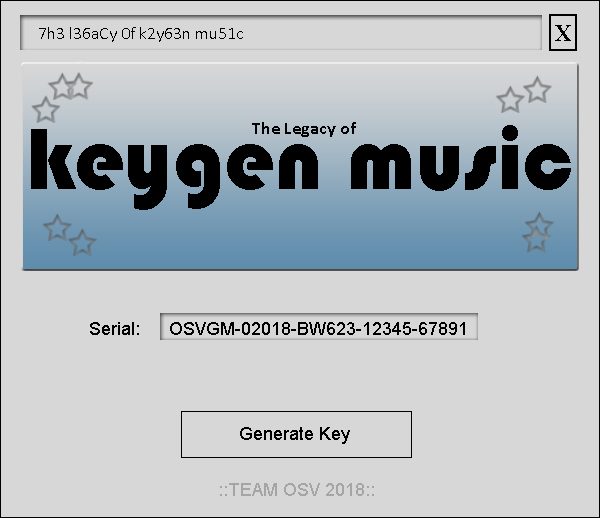
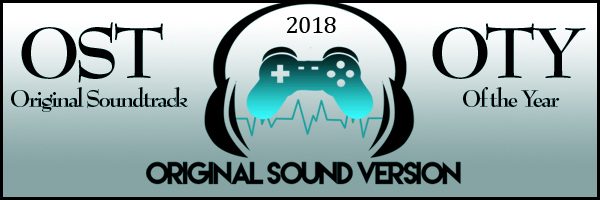
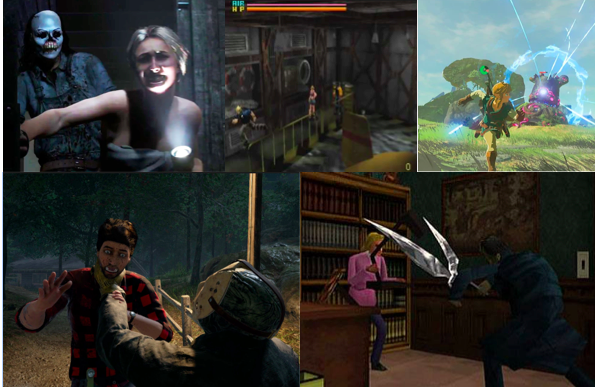


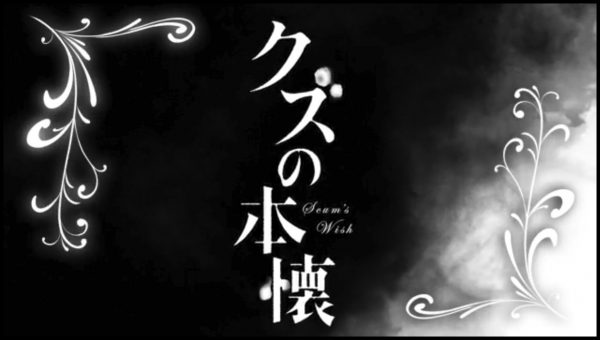


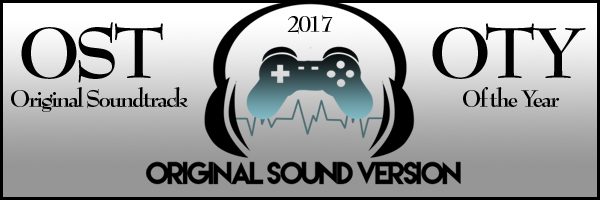
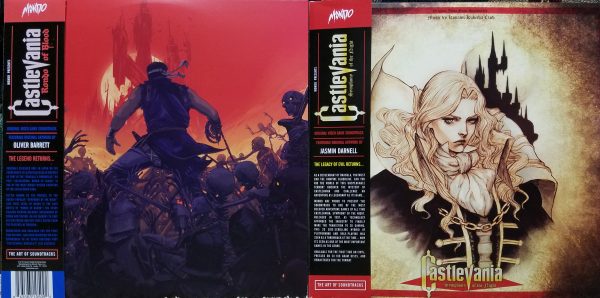
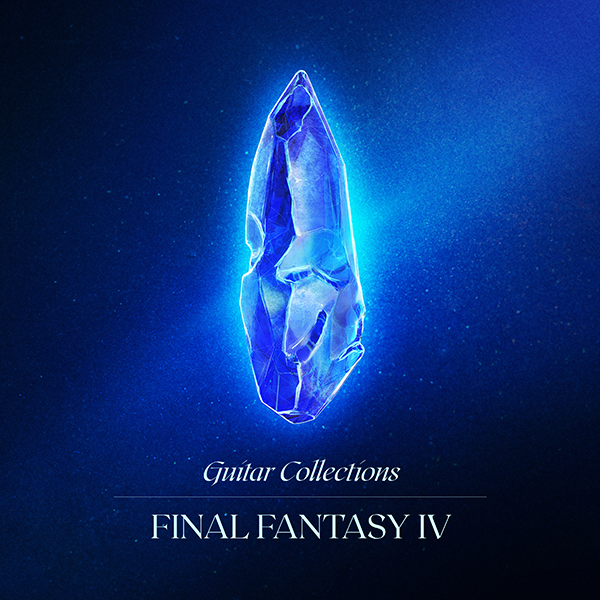


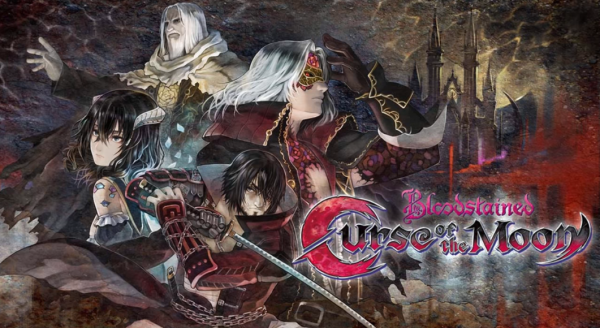
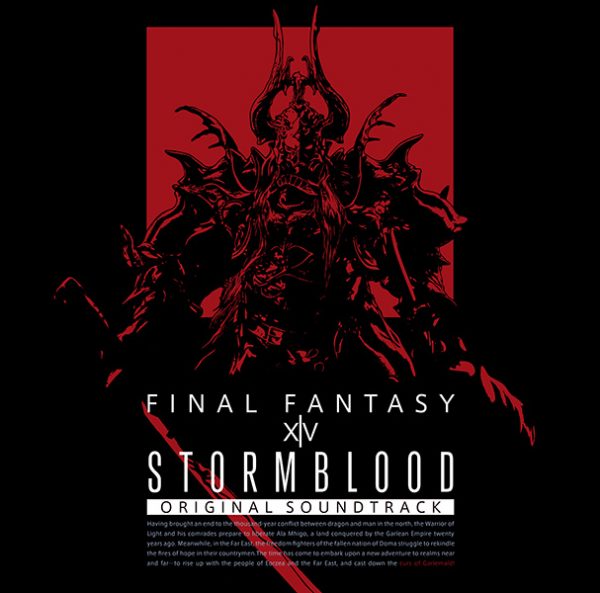
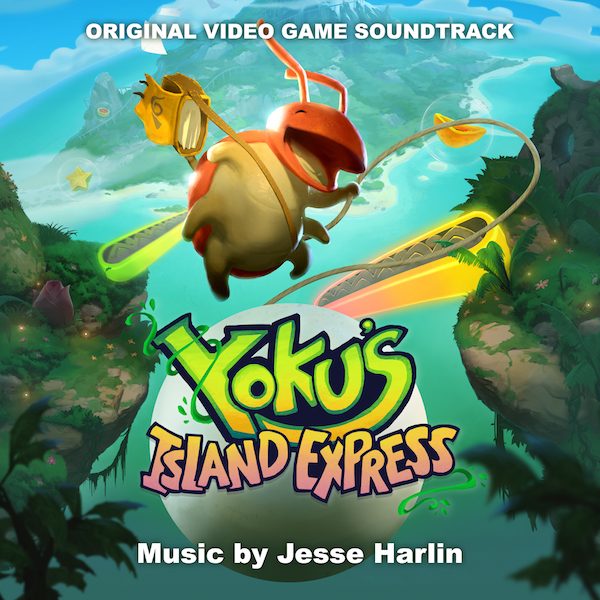
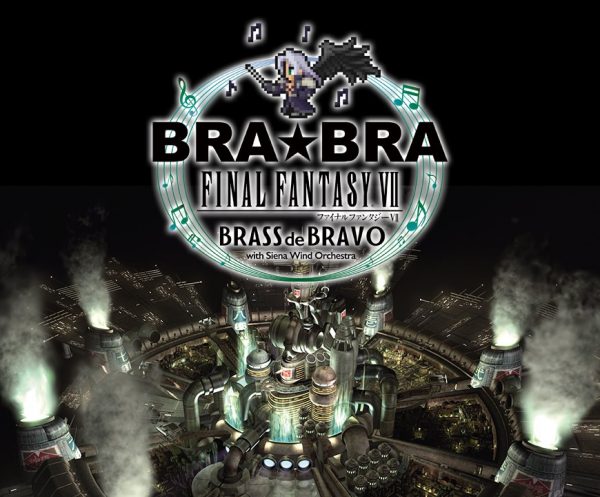
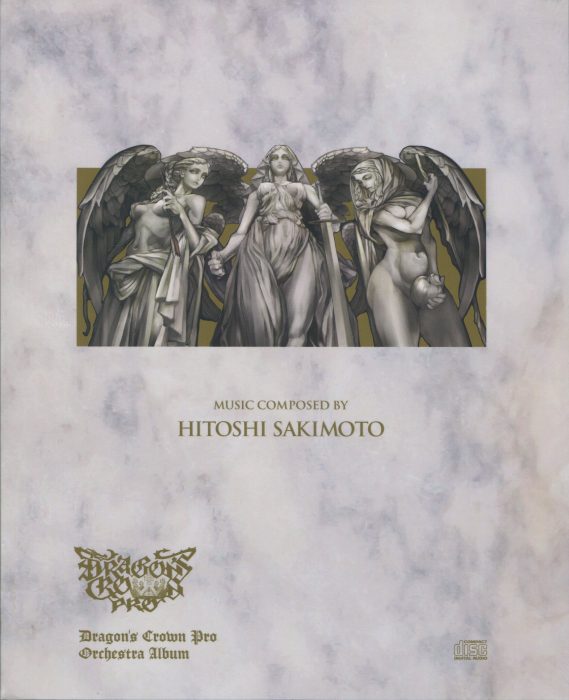

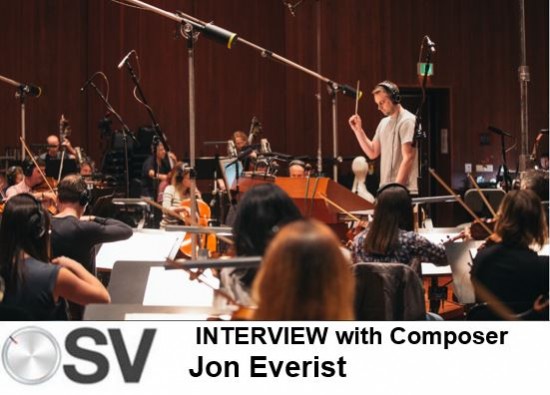
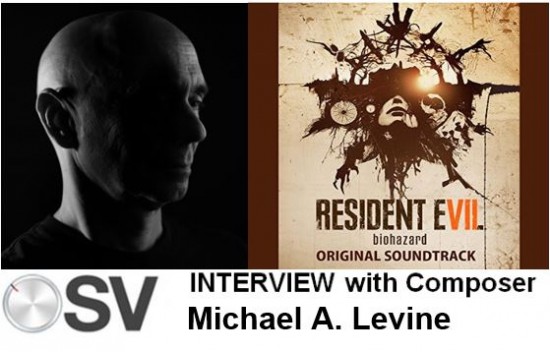
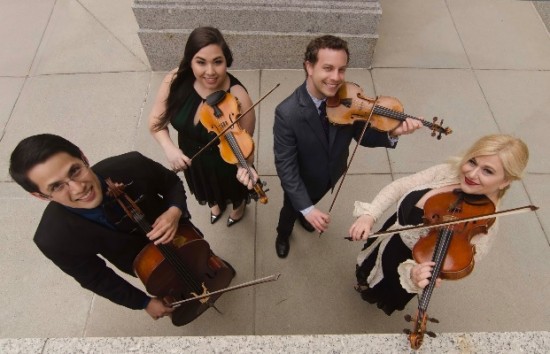
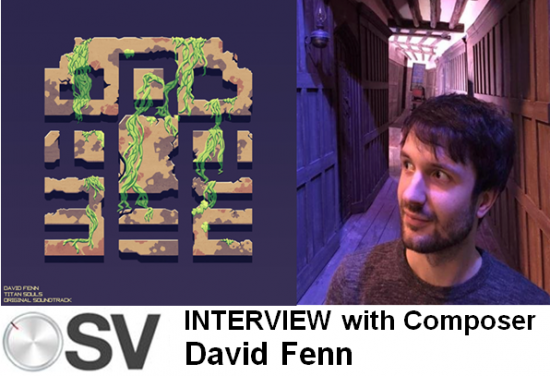
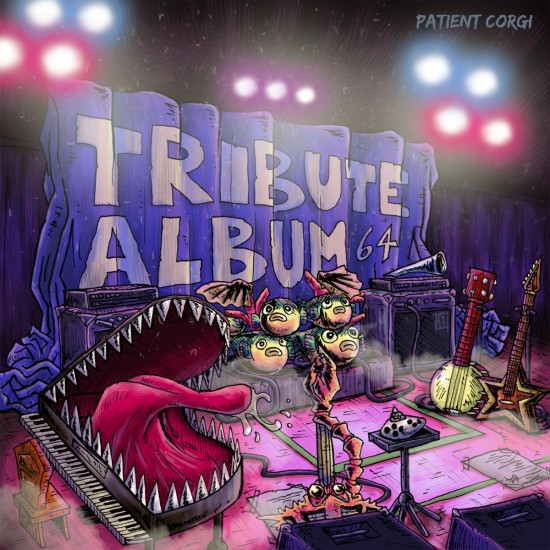
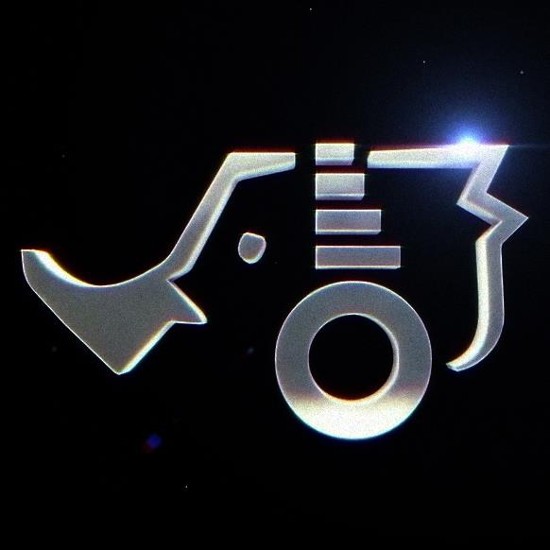
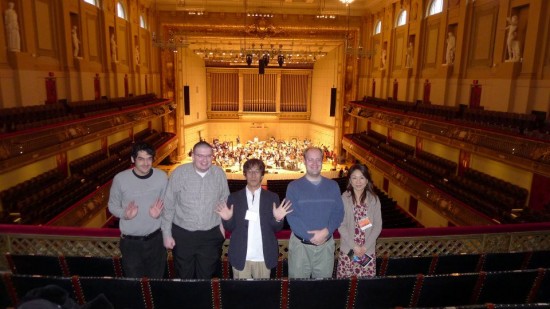
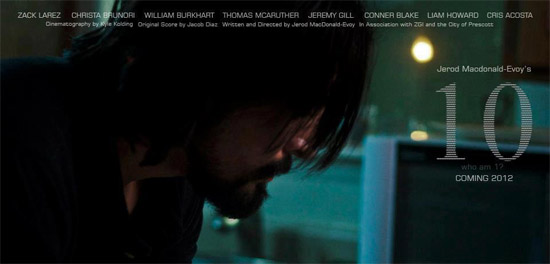
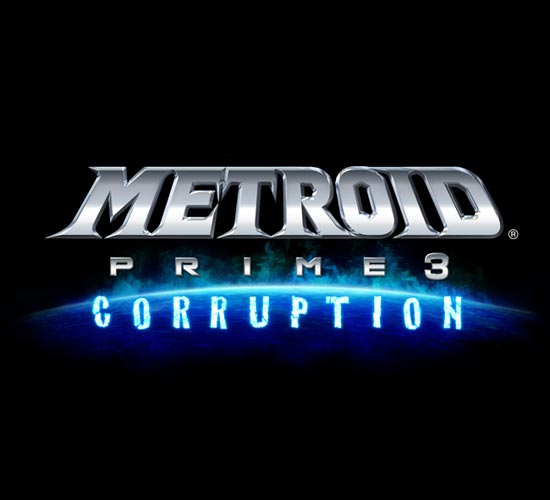


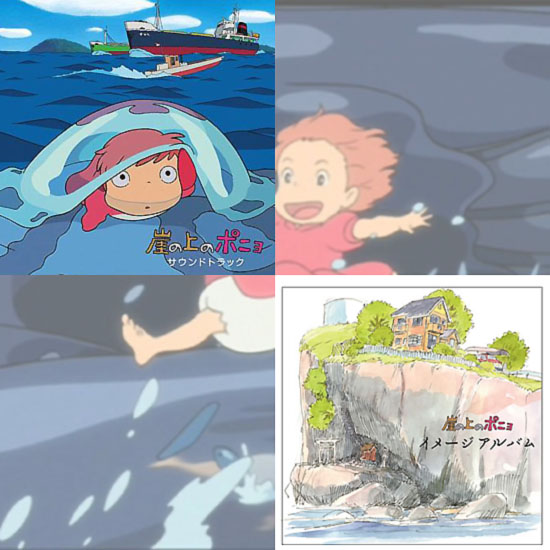

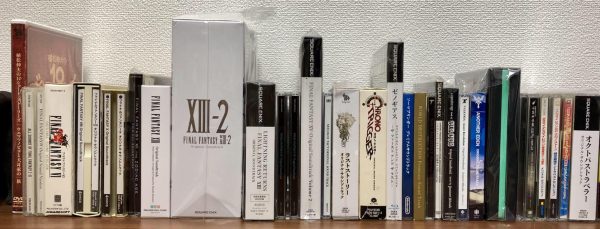
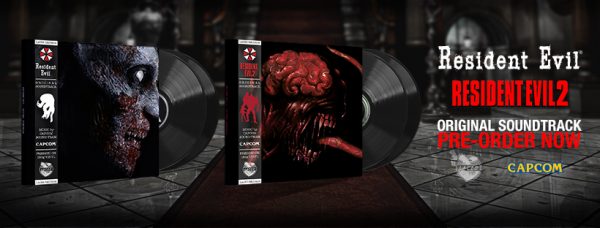
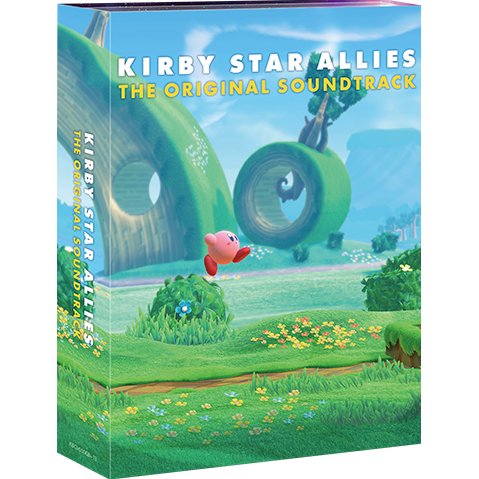

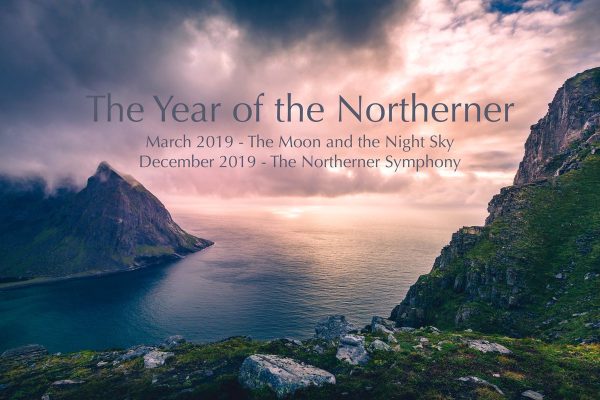
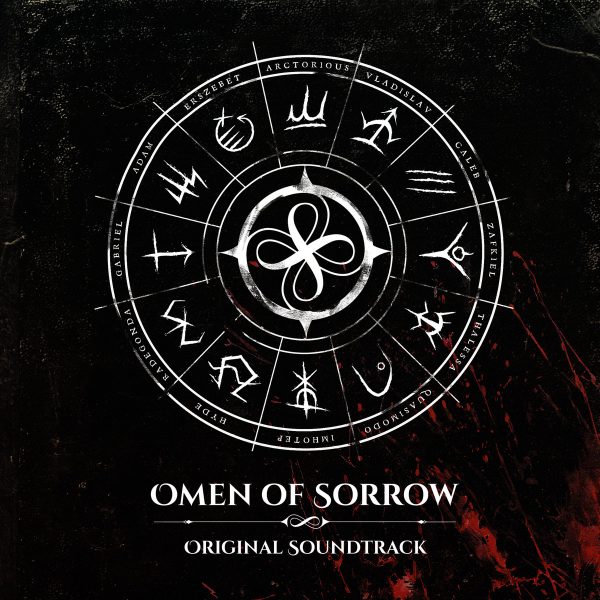
Excellent work in covering both the OST and the Image album. I particularly enjoyed how “Deep Sea Ranch” evokes the feeling of a rebirth and the Ponyo theme is just catchy overall. Overall, Ponyo’s music jibed with me far better than Howl’s Moving Castle.
I do think that you’ve nailed the reason why I’m not as fond with the Image Album though since it’s just a bit too childish for my tastes :p
I’m on a boat! Nah, great music in this film. Such a great movie… I would have liked to have seen it in the theater a second time, but my wife wasn’t up for it.
Is the ending credits song on here? The English version?
@Jayson
Nope, no English version on this OST.
[…] wait to hear the game’s score, as most of us here at huge fans of Joe Hisaishi (see our Ponyo, Princess Mononoke, Nausicaa, and Ghibli concert […]